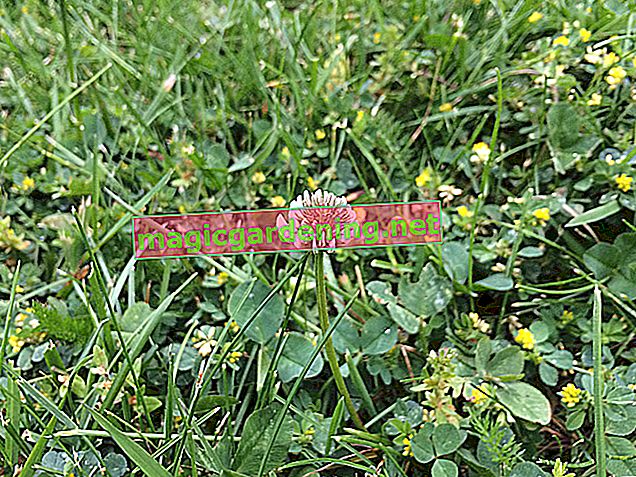
Different depending on the gait
When martens run fast, they jump like rabbits, so that both paws come up next to each other. It is also noticeable that the hind paws often fall into the tracks of the front paws, so that no clear imprint can be seen. However, if the marten moves slowly, the paws can be seen staggered and the imprint can be seen crystal clear on solid snow.
also read
- How to spot animal tracks in the snow
- Do martens hibernate in winter?
- Martens in the garden - recognize, chase away and prevent
Recognize marten tracks
Martens are active all winter long, like many other animals that leave tracks in the snow. All members of the marten family, including the badger, the weasel and the otter, have clearly five toes in the animal tracks in the snow . In contrast to badgers, otters and the like, the claw prints of the marten can be seen and the individual toes are slightly longer than, for example, the ferret. The ball forms a crescent-like sickle in contrast to the otter, for example, where the ball is more reminiscent of a three-leaf clover.
The marten track is about 3.5-5 cm long and 3-4 cm wide, making it slightly smaller than a roof track (about 7 cm long).
Distinguish marten tracks from cat or dog tracks
In the marten, in contrast to cat or dog tracks, five toes can be seen, while only four can be seen in cats and dogs. In addition, no claw prints can be found in cats and dogs, in marten tracks there are small claw marks in front of all five toes.
YoutubeAll features at a glance
- Size: about 5cm long and 4cm wide
- Toes: 5 elongated toes with a claw print in front of each toe
- Pads: sickle-shaped
- Course of the paws: Two blurry prints next to each other when running abruptly, clearly recognizable and offset when running slowly








